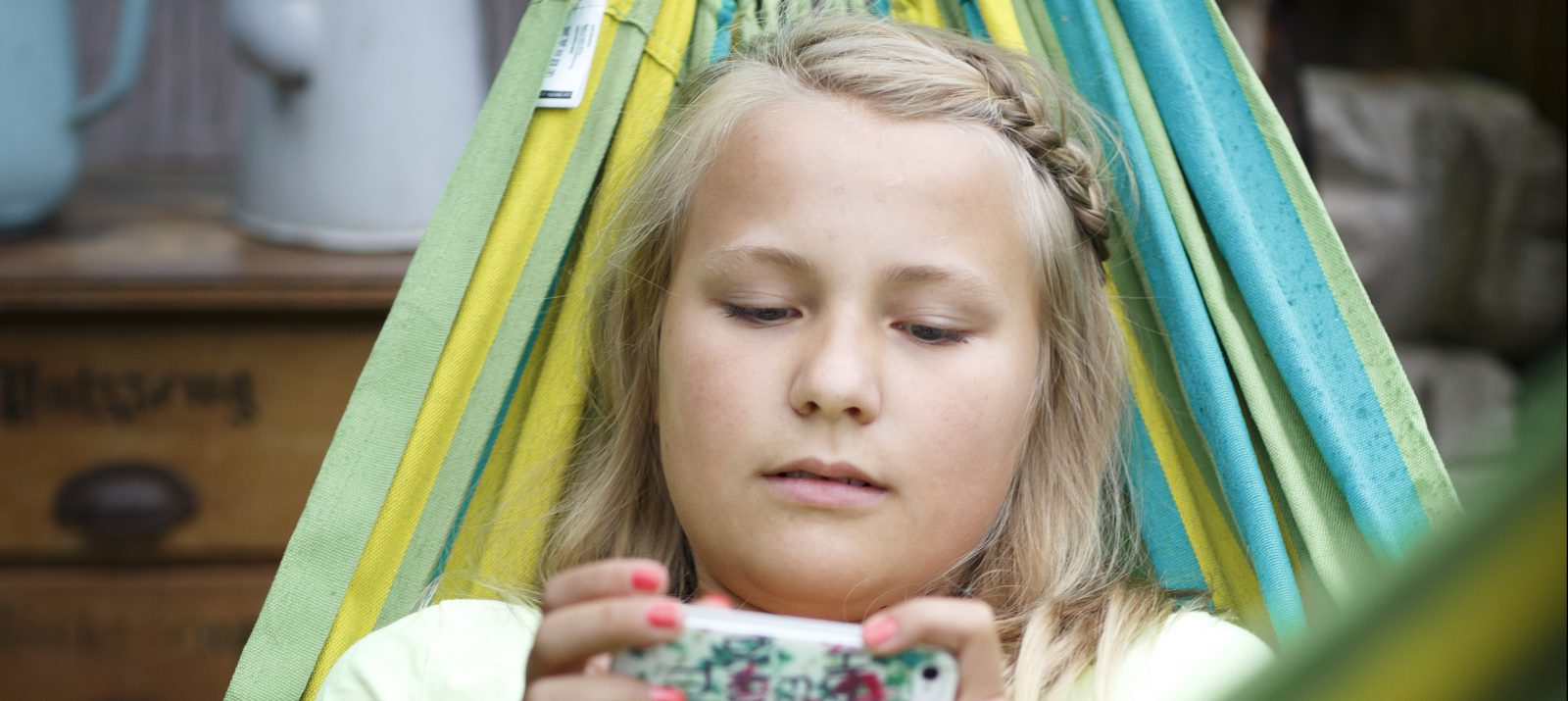
Playing on the tablet, chatting with friends or watching videos – children are already out and about in the digital world at an early age. On the web, children may encounter content that is not suitable for them. It is therefore important to practice safe media use together with the child. Various apps can help protect children online.
Parental control apps come in a variety of flavors. You can block certain websites with content unsuitable for children, limit screen time or use GPS to track the location of the device and thus the child. The focus should not be on monitoring and control, but on protecting your child. The most recommended apps for this purpose are presented below.
Before choosing, discuss with your child which functions he or she would like to and is allowed to use on the cell phone: What does he or she prefer to use the cell phone for? What apps does the child want? Likewise, you should ask yourself what you want to achieve through the parental control app: Do you want to block certain apps, websites or functions? Do you want to monitor or limit your child’s activity? According to these criteria, you can choose from different apps.
The app rated best by Stiftung Warentest costs about 20 euros per year. It only runs on Android smartphones and Windows PCs.
Parents can set time limits and restrictions for each app and website individually. Also, a list of undesirable websites that you do not want your child to have access to can be created. The child’s activity can also be checked.
Usage data of your child will be forwarded anonymously. There is a possibility that third parties may gain access to this data through data leaks.
For more information on the app, check out our post here.
This app restricts certain device functions that are set in advance. You can use it to set up a child-friendly interface on the child’s device. The app is available for iOS and Android devices.
The app controls app downloads, in-app and online purchases, and sending messages and calls. The app can be used to set a time limit. One advantage for parents of multiple children is that they can set up different user profiles so that children of different ages can use a suitable profile.
The app is free to download, but costs a monthly usage fee. Settings can only be changed on the child’s device. More information about the app is available here.
This free app can be used on Android and iOS smartphones, tablets and PCs. The app is downloaded to the parent’s smartphone and linked to the child’s Google account.
App downloads and app access can be checked and set from the parent smartphone. In addition, certain content can be blocked in Google searches. Locking periods and time restrictions can also be set. The reporting function allows parents to view the child’s activities on the network.
A Google account is required to use it. In addition, the data of the child and the parents are stored on the Google server. Older children may be able to bypass security settings with instructions from the Internet.
For more information on the app, check out our post here.
There are also apps that simply allow you to surf the net safely. These include, for example, the fragFINN app or the Jusprog app. They work with the help of lists of websites that are safe for children. Other websites are automatically blocked. Unlike other apps, individual restrictions do not have to be set separately.
For more information on the fragFinn app, see our post here and on the JusProg app here.
Even with the use of parental control apps, children cannot be fully protected. Your child may still encounter cyberbullying or hate speech online. Parental control apps provide digital control of media use only. Always talk openly about dangers on the Internet with your child and agree on rules for media use in the family.